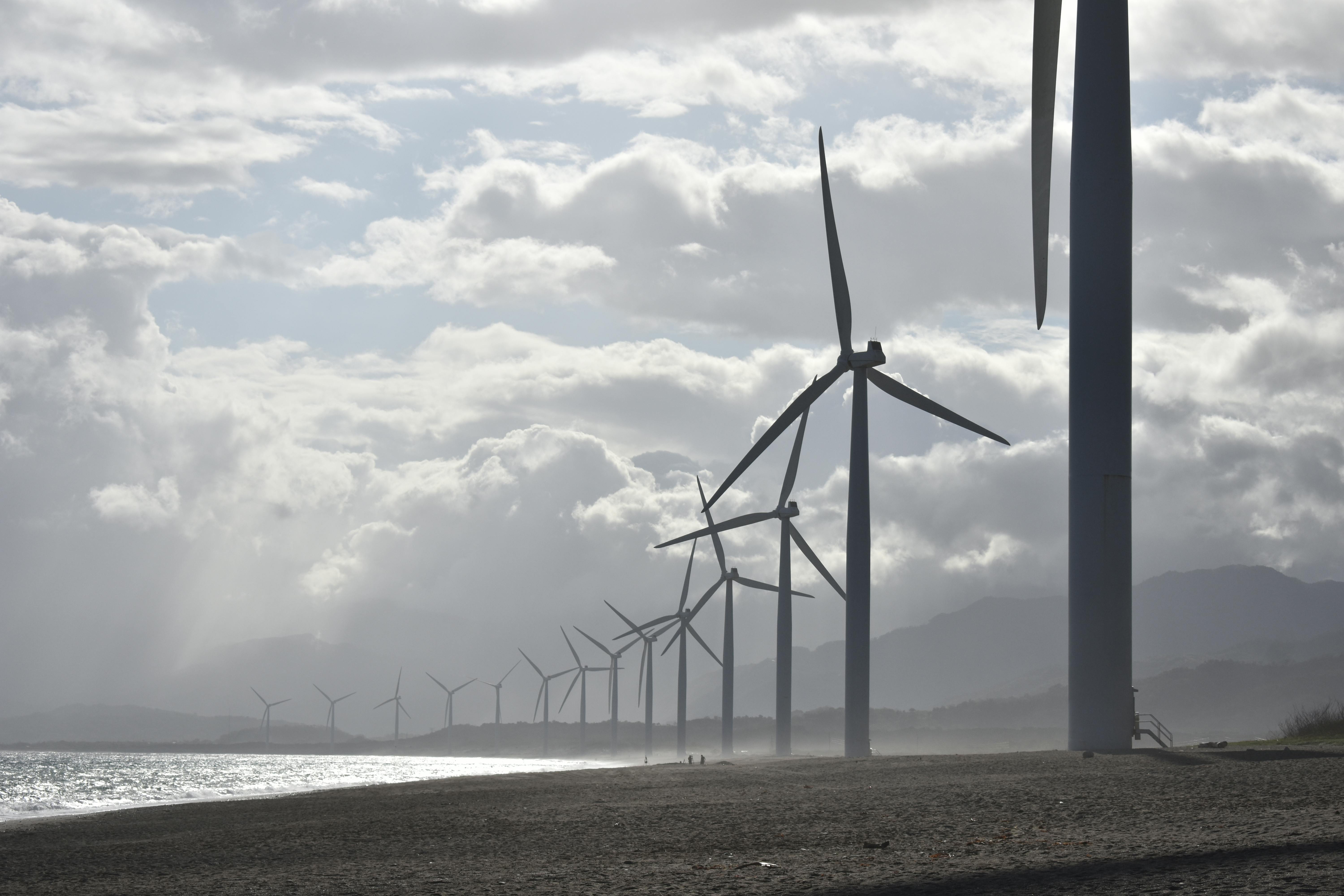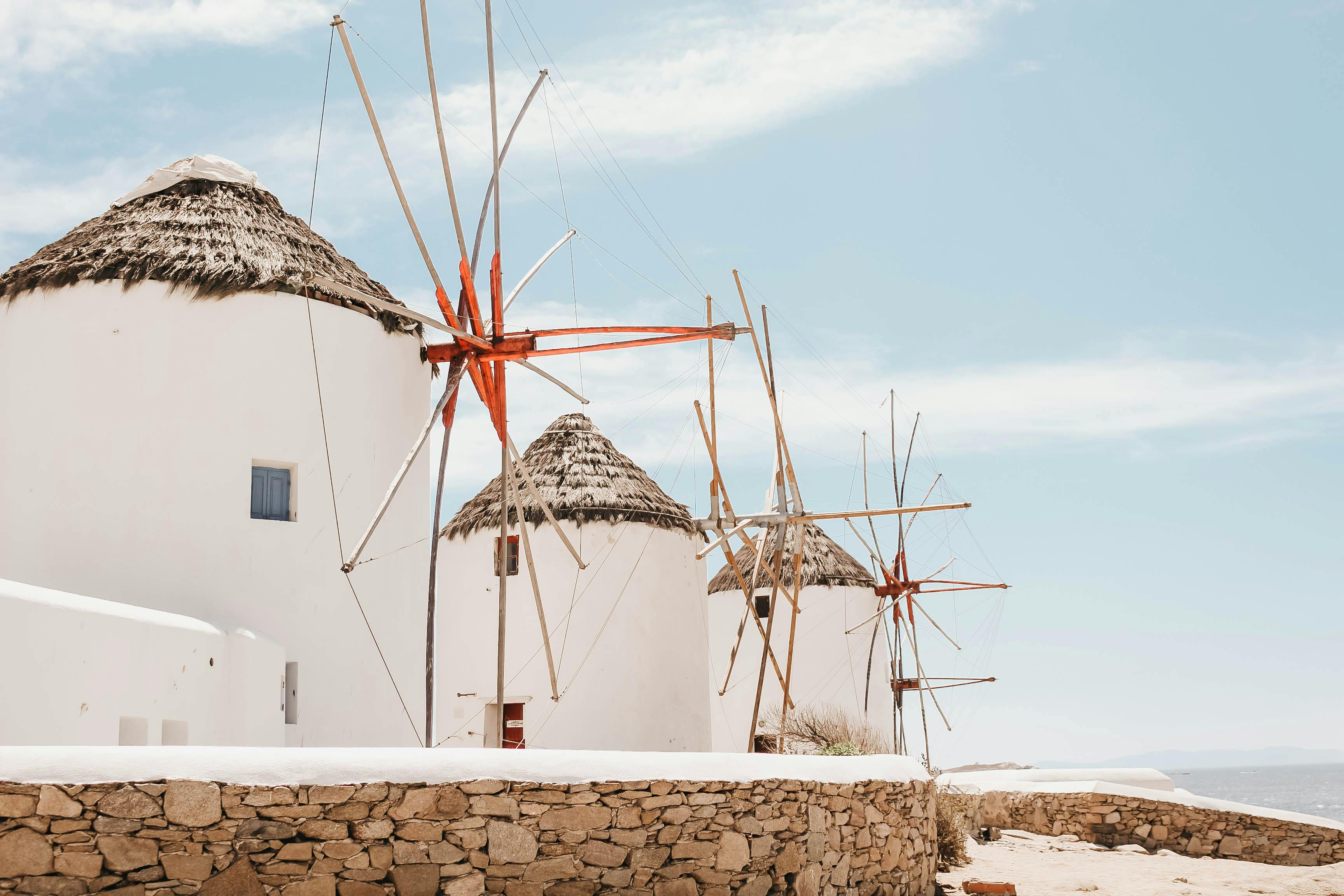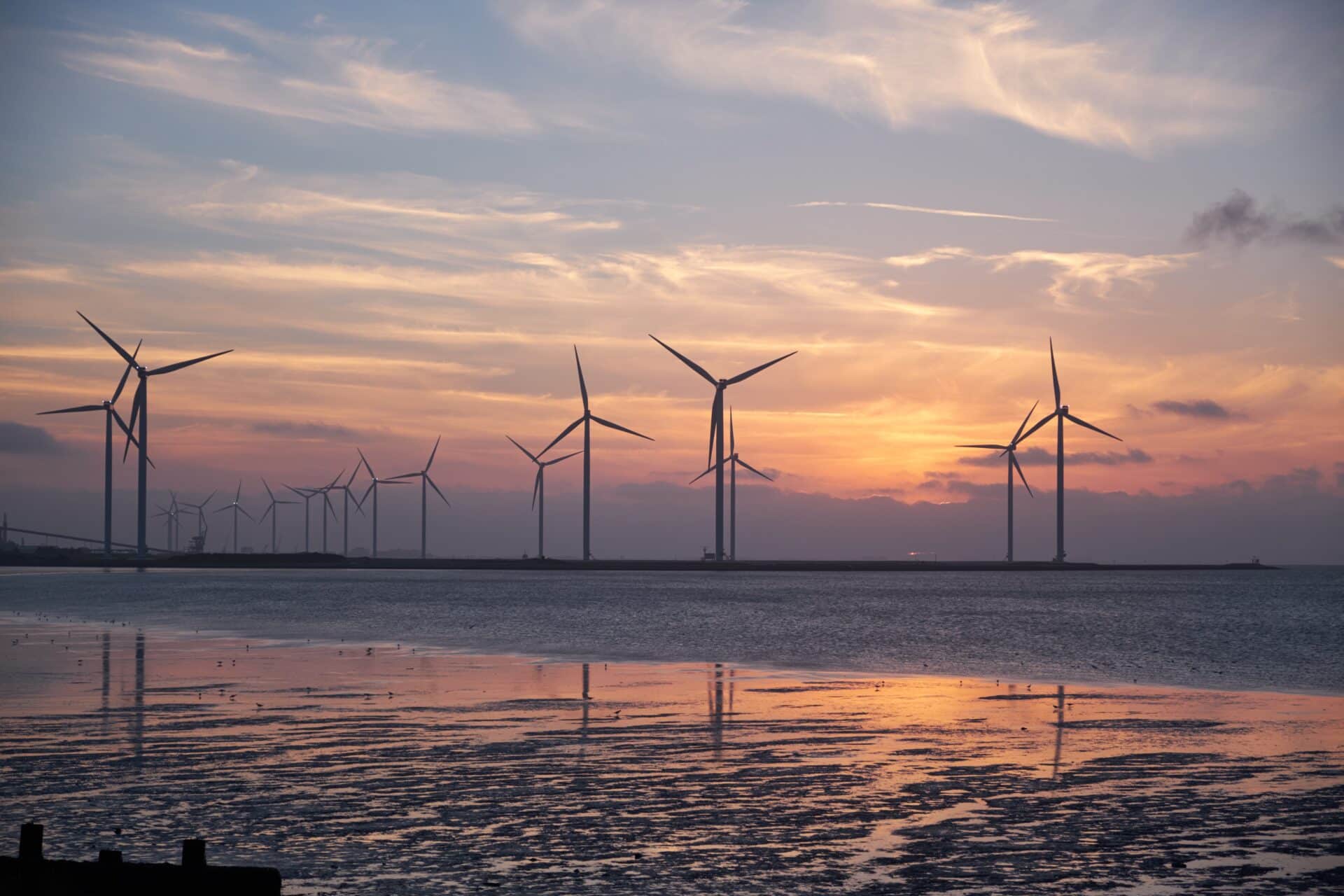Do water distillers use a lot of electricity? This is an important question to consider when selecting a water purification system for your home or office. Water distillation is a process which involves boiling water to remove impurities and then condensing the vapor back into liquid form. The energy required to distill water can vary depending on the size of the distiller, but generally speaking, most do not consume a large amount of electricity. In this article, we will discuss how much electricity is used by different types of water distillers as well as some tips for minimizing energy consumption.A water distiller is a device that is used to purify water by removing impurities and contaminants. It works by boiling the water and then collecting the steam, which is then condensed back into liquid form. This liquid, which is free of contaminants, can then be collected in a container for use.
Do Water Distillers Use Electricity?
Yes, water distillers use electricity to power their system. Water distillers use electricity to heat the source water until it boils, separating the impurities from the pure water. The steam created from boiling the water is then cooled and condensed back into liquid form, creating pure distilled water. This process requires a heating element, which is powered by an electric current. Without electricity, these devices would not be able to function properly.
In addition to powering the heating element, some water distillers also use electricity to run other components such as pumps and fans. These components are necessary for the distillation process and help to ensure that the pure distilled water is collected safely and efficiently.
Overall, it is clear that electricity plays a crucial role in the functioning of a water distiller. Without it, these devices would not be able to produce clean, safe drinking water for households and businesses alike.
How Much Electricity Does a Water Distiller Use?
Water distillers are an effective and efficient way to purify drinking water. They are powered by electricity and require some energy to run, so it’s important to know how much electricity a water distiller uses before making a purchase. The amount of electricity used will depend on the size and type of water distiller, but on average, most water distillers use around 800 to 1,000 watts of power when running.
Most water distillers feature an adjustable thermostat, which allows users to customize the temperature of the water they are purifying. This thermostat can be used to reduce the amount of electricity used when running the distiller. For example, if you set your thermostat at 140 degrees Fahrenheit instead of 180 degrees Fahrenheit, you will be using roughly 600 watts of power instead of 1,000 watts.
The type of water distiller you choose also affects how much electricity it uses. Countertop models tend to use more electricity than under-counter models due to their larger size and higher wattage requirements. Additionally
Is a Water Distiller an Energy-Efficient Option?
A water distiller is a device that uses heat to purify water by evaporating it and condensing the vapor into a clean container. This process eliminates contaminants from the water, making it safe to drink. The energy efficiency of a water distiller depends on the type of model you choose and how often you use it.
Electric distillers are more energy efficient than gas-powered models as they require less energy to operate. They also tend to be quieter, which can be beneficial in areas with noise restrictions. Electric models can also be set up with an automatic timer which allows you to program when you want the distillation process to start and stop, ensuring that your water is always fresh and pure.
Gas-powered distillers are more expensive than electric models but they are more portable and may be better suited for outdoor use or where electricity is not easily accessible. Gas-powered units do require more energy to operate and may not be as quiet as electric units, but they are still relatively efficient if used correctly.
The frequency of use also affects the energy efficiency of a water dist
Are There Alternatives to a Water Distiller?
Yes, there are several alternatives to a water distiller. One of the most common is reverse osmosis, which involves forcing water through a membrane to remove contaminants. Reverse osmosis can be used to remove bacteria, viruses, and other particles from drinking water. It is also relatively inexpensive and easy to maintain.
Another option is carbon filtration. This method uses activated charcoal to trap impurities and remove them from the water. Carbon filters are fairly effective at removing chlorine, lead, and other contaminants from drinking water. They can also improve the taste of the water by removing unpleasant odors and flavors.
If you’re looking for a more natural approach, you could consider using ultraviolet (UV) light to purify your drinking water. UV light kills bacteria and other microorganisms that could contaminate your drinking water supply. It’s important to note that many UV systems require regular maintenance in order to keep them functioning properly.
Finally, you could consider distillation by steam as an alternative to a water distiller. This method involves boiling the water and then condensing it back into liquid

What Type of Electricity Does a Water Distiller Use?
A water distiller typically uses standard household electricity, usually alternating current (AC) at 110 volts. The distiller takes in ordinary tap water, heats it up to boiling, and then condenses the steam back into liquid form. The steam is collected and stored in a separate container, while the impurities are left behind. This process is repeated until the desired amount of pure water is produced. The electricity used by the distiller must be able to provide enough power to heat up the water and keep it at a constant boiling point. It must also be able to regulate the temperature of the condensation process so that there is no risk of contamination from the impurities that are left behind.
Factors Affecting the Amount of Electricity Used by a Water Distiller
The amount of electricity used by a water distiller can be affected by a number of different factors. These include the size and capacity of the distiller, the power output of the distiller, and the temperature of the water being distilled. The duration of the distilling process also has an impact on how much electricity is consumed.
The size and capacity of a water distiller will determine how much electricity is used. Larger capacity distillers require more power to operate, thus consuming more electricity than smaller models. Additionally, if a large amount of water is being distilled at once, the resulting energy consumption will be higher than that for smaller batches.
The power output rating is another factor that affects how much electricity a water distiller consumes. Distillers with higher wattage will naturally require more energy to run than those with lower wattage ratings. Generally speaking, high wattage distillers are considered to be more efficient than those with lower wattage ratings.
The temperature of the water being distilled can also play an important role in energy consumption. The colder the water entering
Reducing Electricity Usage in Water Distillers
Water distillers are an effective way of purifying water and removing contaminants, but they can also be a large source of electricity consumption. Fortunately, there are several steps you can take to reduce the amount of electricity used by your water distiller.
One of the most effective methods is to make sure that you are using the right size of distiller for your needs. A larger distiller will use more energy than a smaller one, so if you don’t need a lot of purified water then it’s best to go with a smaller model.
It is also important to keep your water distiller clean and well-maintained. A dirty or clogged filter will reduce the efficiency of the machine and increase its energy consumption. Regularly cleaning the filter or replacing it when necessary will help to ensure optimal performance and reduce electricity usage.
Another way to reduce electricity consumption is to avoid overfilling your distiller’s tank. Overfilling puts an extra strain on the motor, leading to increased electricity usage. Make sure that you are only filling up the tank with as much water

Conclusion
Overall, it is clear that water distillers do use a significant amount of electricity, especially when compared to other methods of water purification. This is because distillation requires a great deal of energy to heat the water and then cool it down again. However, if you are looking for a way to purify your water without using potentially harmful chemicals, then a water distiller may be the right choice for you. In this case, the cost of the electricity used might be worth it in order to get clean and safe drinking water.
Despite the fact that water distillers use more electricity than other methods of purification, they are still quite efficient in terms of energy consumption. If you are looking for an effective way to purify your water without needing to buy bottled water or add chemicals, then a distiller could be the right choice for you. Although they may use more electricity than other methods, they are still an economical and safe way to ensure your drinking water is free from harmful contaminants.

